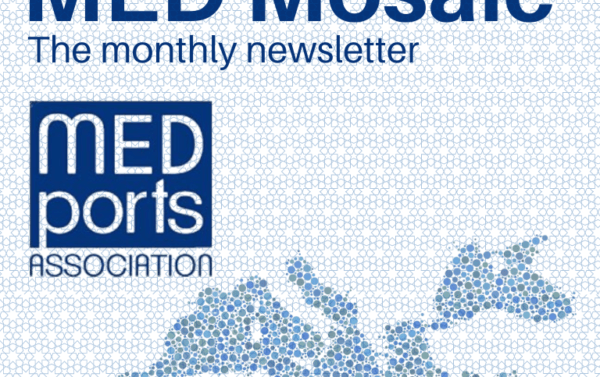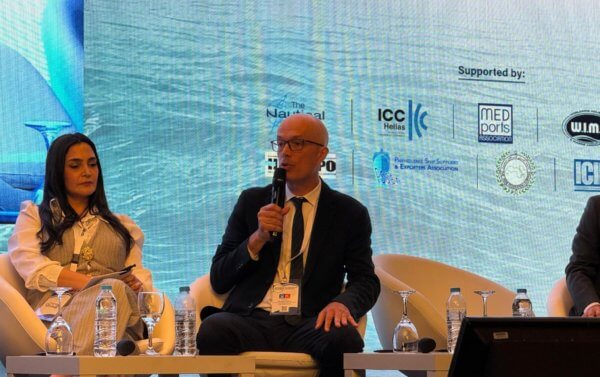Catch Up on MED Mosaic
Category:
Get caught up on all the latest happening with MEDPorts Newsletter - MED Mosaic June 2023July 2023September 2023October 2023November 2023December 2023January 2024February 2024March 2024April 2024May 2024June 2024July 2024September 2024October 2024November 2024December 2024January 2025February...









